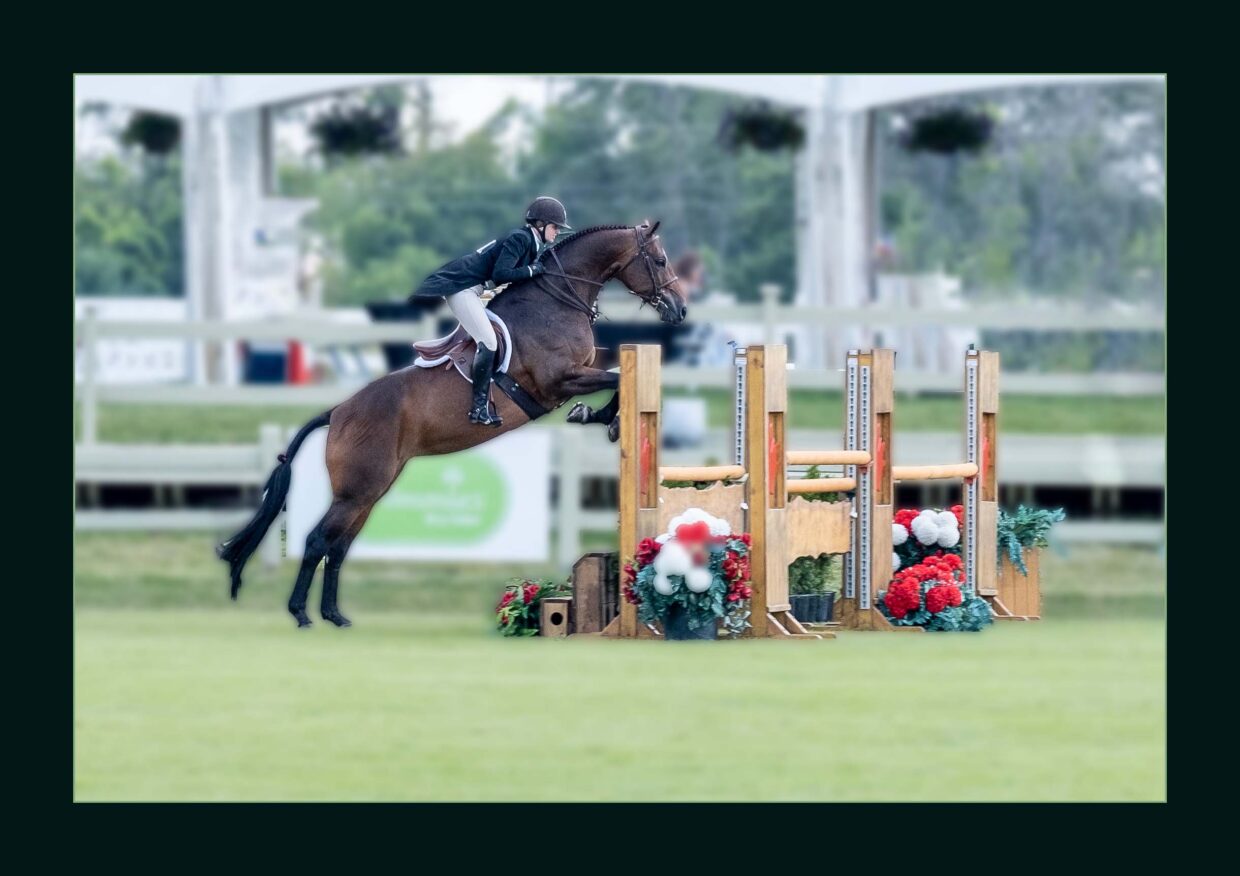
7 TIPS TO TAKE GOOD PHOTOS OF YOUR HORSE
7. EQUESTRIAN PHOTOGRAPHERS MUST HAVE AN UNDERSTANDING AND BE SAFE AROUND HORSES.
Horses will be horses. When it comes to Equine Photography you have to make sure to remember that. Horses can, in a split-second run, kick, bite and push their way into just about anything.
It’s one thing to like horses. It’s another thing to be able to understand and be safe around horses. Taking horse photos is more than pointing and shooting your camera. You will have to understand horse personality and be comfortable around horses to understand how to get the best equine photography.
Being safe is a primary concern and knowing the warning signs is important. As an equine and equestrian photographer, I study horses and understand how they act and how they move.
6. USE THE CORRECT LENS
It’s one thing to whip out your cell phone to snag a great shot. But it’s another to take a shot and have the wrong lens choice. Usually equestrian photographers use between 50mm – 80mm for their portraits. This gives a close representation of what the human eye can see.
I would avoid using “tilt lens” which was popular a few years ago that gave that “toy town” look. Or other distortion add-on lens. Equestrian and equine photographers want to showcase the horse and show the horse off to the best of their ability and form. Using a wide-angle lens may distort the look of your horse so keep thing simple by having a standard lens.
You may want to use a telephoto lens so you can be off to the side and capture special moments while not being noticed by your horse.

5. AVOID USING FLASH
Horses are flight and herd animals. This means they run first (flight) and ask questions later. If you are using a flash with your equestrian photography, it may startle a horse. Of course, if a horse is startled, the natural reaction is to RUN.
If a horse gets spooked from a flash it may take some time to get the horse to return to a demeanor that is necessary for the photo-session.
You can use natural light and adjust your settings to get the proper exposure.
4. GET IN CLOSE
Most equestrian photographers take photos of the entire horse and rider but don’t forget to get “in-close” with some detailed images of hooves, eyes and ears. These are often over looked and show the horse.

3. DON’T FORGET CANDID SHOTS
Sure, get the grand million dollar shot to hang over your fireplace mantle but don’t forget about those funny or missed shots that reflect the horse’s (and rider’s) personality. Tossing hay into the stall or sponging off the horse after the workout are great ways to show-case your horse and their personality.

2. SHOW A CONNECTION
Sometimes, during an equestrian photography session there are moments where the rider/handler seem to be connected. These are the special moments and capturing these moments are fleeting but exceptional.

1. EARS UP!
The number one rule of equestrian photography is to make sure that the horse has their ears up. If you have an in-season chestnut mare, you may know what I’m talking about.

RELATED
From Fat to FitIn “conditioning program for horses”
Horse Training What you need to know for SuccessIn “equestrian photographer”
Would you Like to Win Your Next Hunter Round?Similar post
HORSE TRAINING WHAT YOU NEED TO KNOW FOR SUCCESS
FROM FAT TO FITWOULD YOU LIKE TO WIN YOUR NEXT HUNTER ROUND?
© 2023 LAURA KELLAND MAY
THEME BY ANDERS NORÉN
